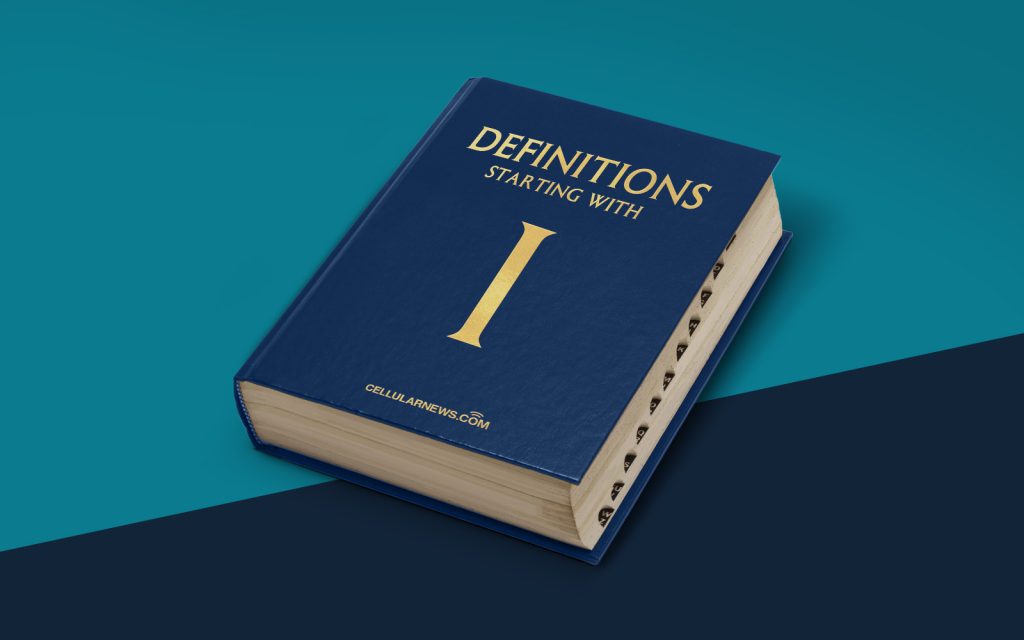
Unlocking the Power of Intelligent Character Recognition (ICR)
Have you ever wondered how computers are able to understand and interpret handwritten text? The answer lies in Intelligent Character Recognition (ICR). This cutting-edge technology combines the power of artificial intelligence and machine learning to automatically recognize and convert handwritten or printed text into digital form. But what exactly is ICR and how does it work? Let’s dive in and explore the exciting world of ICR!
Key Takeaways
- Intelligent Character Recognition (ICR) is a technology that enables computers to recognize and interpret handwritten or printed text.
- ICR combines artificial intelligence and machine learning to convert analog text into digital form.
How Does Intelligent Character Recognition (ICR) Work?
ICR is an advanced technology that enables computers to recognize and interpret handwritten or printed characters with incredible accuracy. Here’s how it works:
- Image Acquisition: The first step in the ICR process is to acquire an image of the document or text that needs to be recognized. This can be done using a scanner, a digital camera, or even a smartphone.
- Pre-processing: Once the image is acquired, it undergoes a series of pre-processing steps, such as noise reduction and image enhancement, to improve the quality and clarity of the text.
- Segmentation: In this step, the image is analyzed to identify individual characters or words. The software uses various techniques to determine the boundaries of each character and isolate them from the rest of the text.
- Feature Extraction: The next step involves extracting relevant features from each character, such as shape, size, and orientation. These features are then used to create a numerical representation of the character.
- Classification: Using the extracted features, the ICR software compares the characters against a pre-built database of known characters. It uses advanced algorithms and machine learning techniques to determine the most probable character for each image segment.
- Error Correction: In order to further improve accuracy, ICR systems often incorporate error correction mechanisms. These mechanisms analyze the context of the recognized characters and apply language and grammar rules to correct any potential errors.
By going through these steps, ICR systems are able to accurately recognize and convert handwritten or printed text into machine-readable digital format. This opens up a world of possibilities for businesses and individuals alike.
With ICR, businesses can:
- Automate data entry processes by converting handwritten forms into digital records.
- Improve document management processes by making scanned documents searchable and editable.
- Enhance customer experiences by enabling handwritten input for interactive applications.
- Boost efficiency and accuracy in various industries, such as finance, healthcare, and logistics.
Overall, Intelligent Character Recognition (ICR) is revolutionizing the way we interact with handwritten and printed text. With its ability to accurately convert analog information into digital form, the possibilities are endless. So the next time you encounter a document filled with handwritten text, remember that behind the scenes, ICR technology is working its magic!
